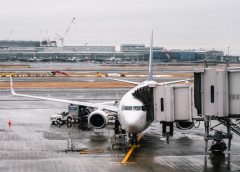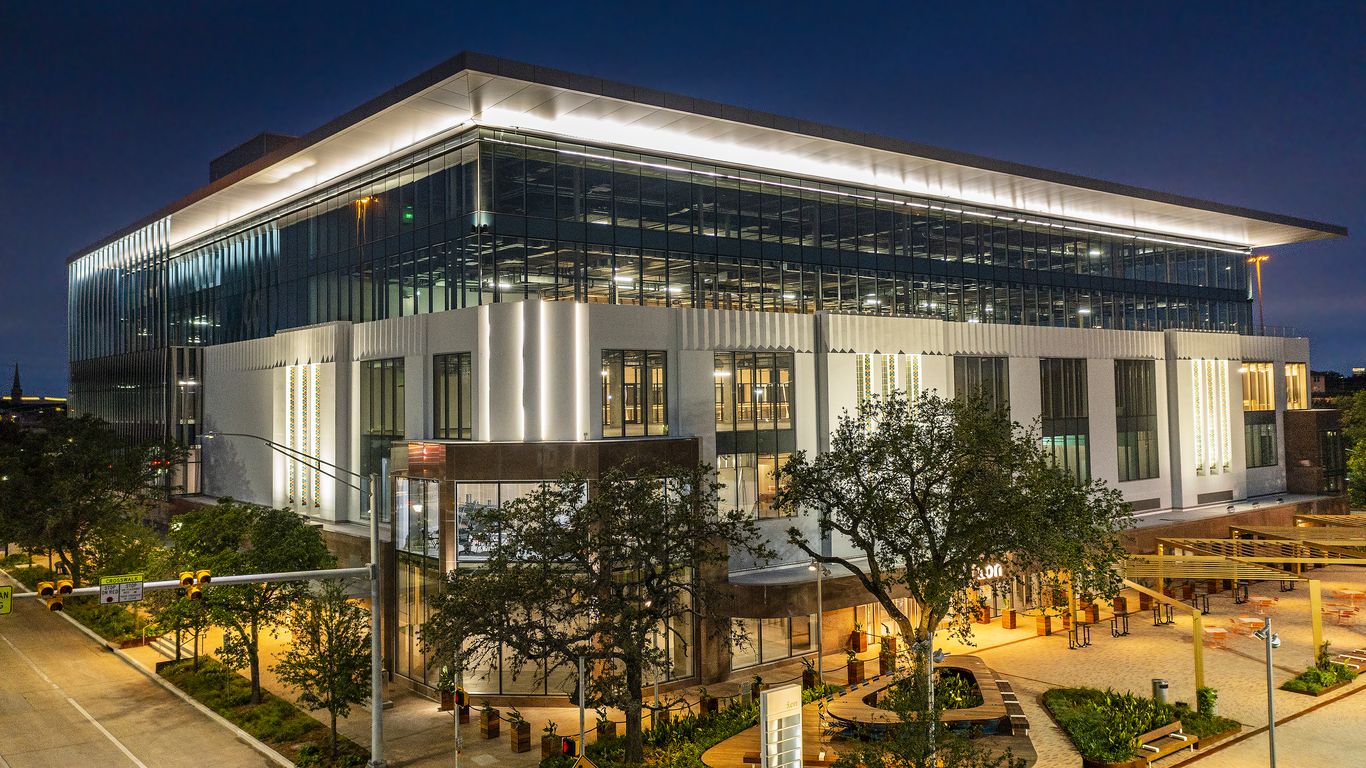
Travel and the middle class
[ad_1]
Interstate travel isn’t easy these days. Gas prices are up. Airline tickets are up. Travel delays and flight cancellations are frequent.
Still, many people seem to be travelling this summer. But with the inflation boom, how long will travel continue to be sustainable for the middle class?
During the last year or so, the market has shown about a 25% increase in airfare prices and a similar increase in car rentals, says Mark Mills, chief procurement officer in Penn Procurement Services. “It’s excessive right now. It’s impacting the go or no-go decision,” he says.
“While things may be starting to ease, that 25% is a big increase on an already big expense. If we don’t see further easing, more and more consumers will—and should—question whether they want to pay these amounts or find a more cost-conscious alternative,” Mills says.
Summer is the busiest time to travel, says Gad Allon, the Jeffrey A. Keswin Professor in the Operations, Information, and Decision Department at the Wharton School. “A lot of what we see now is what some people call ‘revenge travel,’” he says, a backlog of pent-up demand created by the pandemic. Even as prices are going up, demand remains high. The large number of summer travelers is compounded by an overall shortage of pilots, a lack of staff to check in luggage, and long security lines to get to the gates, Allon says.
“It’s an industry that we all depend on, but we aren’t willing to pay for good service,” Allon says. “We expect to have cheap service, we expect to have available service, and we’re not willing to bear the consequences of the fact that it’s just very hard to operate an airline.”
Travel accessibility
Megan Ryerson, a transportation expert in the City and Regional Planning Department of the Weitzman School of Design, wants more options. “We need an intercity transportation strategy focused on equitable access,” she says.
In 2018, the Bureau of Transportation Statistics reported that 9.9 million Americans do not live near an airport, an intercity bus stop, or a rail station, Ryerson says. Of these 9.9 million, 30% are from very low-income households, 20% are older than 65, and 6% lack access to a car, all factors which can further impede the ability to travel, she says.
Even those who do live close to a transportation terminal might struggle with accessibility due to their income, lack of car ownership, or other constraints, Ryerson says. “While many Philadelphians might typically make a travel choice between flying, driving, or taking the train, these options can be out of reach if the fares are high and a person doesn’t have access to a car. High fares are an access restriction.”
Historically, aviation was for wealthy people and corporations who could afford the fares. The industry was deregulated in 1978, yet the current spike in air fares could have us inching back to similar problems, Ryerson says.
“In the 1940s, when President Truman dedicated what is now JFK Airport in New York, he spoke about how aviation connects us as people and promotes peace,” Ryerson says. “People today rely on the aviation system for that connection, to visit family or to take a trip and experience new cultures.”
With rising airfares and cost pressures, more Americans might not be able to have those experiences. “We need to protect peoples’ ability to travel,” Ryerson says.
Travel inequality
Barriers of race and class can also restrict free movement.
“We, for many years, have been a society where, the poorer people are the more likely they are to be immobile,” says Mia Bay, the Roy F. and Jeannette P. Nichols Chair in American History and the author of ‘Travelling Black: A Story of Race and Resistance.’ “They don’t have cars. They often live in areas with very limited public transportation.” If prices remain high, it’s going to accentuate existing travel inequality, she says.
“Between the expense and the likelihood of cancellation of flights, flying is seeming not that great; driving is just becoming very expensive,” Bay says. There’s also the ongoing issue of the pandemic. Bay travelled to Chicago earlier this summer. Both the airplane and the airport were extremely crowded, she says. “It was a zoo beyond normal. I’m not eager to get on an airplane again.”
When prices and inflation both go up, Allon expects the demand to drop, especially as more and more people experience overbooked flights. “Ultimately, that will have a downward pressure on pricing,” he says.
Fuel prices remain high in August, but the travel app Hopper projects that ticket prices will drop to an average of $286, 25% lower than ticket prices were in May.
“The middle class is a big piece of the demand for airlines, so I hope it helps bring down the demand,” Mills says.
Gad Allon is the Jeffrey A. Keswin Professor and Professor of Operations, Information, and Decision, and the director of the Management and Technology Program at the University of Pennsylvania.
Mia Bay is the Roy F. and Jeannette P. Nichols Chair in American History.
Mark Mills is chief procurement officer of Procurement Services at the University of Pennsylvania.
Megan S. Ryerson is the UPS Chair of Transportation and the Associate Dean for Research at the Weitzman School of Design.
[ad_2]
Source link


